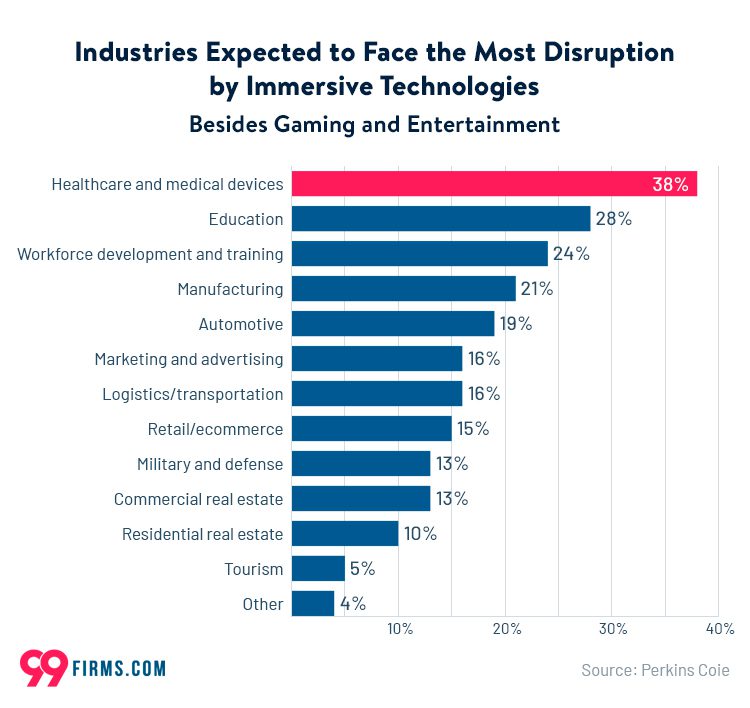The global virtual reality gaming market is expected to reach $45.09 billion by 2025 with a projected growth rate of 30.2% from 2020 to 2025, according to a report from MarketsandMarkets. The increasing popularity and accessibility of virtual reality gaming has attracted a wide range of players, including non-gamers, with an average age range of 18-34. Virtual reality gaming has also seen a higher female player ratio compared to traditional video games. With advancements in technology, the possibilities for virtual reality gaming are endless, and the market is expected to continue growing.
Virtual Reality Gaming: Market Expectations and Player Demographics
Introduction
Virtual reality (VR) gaming has been one of the most talked-about topics in the gaming industry in recent years. With advancements in technology, virtual reality has become more accessible and affordable to gamers. As a result, the demand for virtual reality games has increased, and companies are trying to keep up with the market expectations. In this article, we will discuss the market expectations and player demographics of virtual reality gaming.
Market Expectations
As per a report by MarketsandMarkets, the global virtual reality gaming market size is expected to reach $45.09 billion by 2025, growing at a CAGR of 30.2% from 2020 to 2025. With such exponential growth expected in the industry, various companies are investing heavily in virtual reality gaming. For example, Facebook-owned Oculus VR has launched Oculus Quest 2, a standalone VR headset that has been in high demand since its launch.
Moreover, Sony’s PS VR, HTC Vive, and Valve Index are some of the other popular virtual reality gaming headsets. These headsets allow gamers to experience the game world in a way that traditional gaming cannot provide. Virtual reality games come with an element of immersion, which makes the gaming experience much more memorable and exciting. As technology continues to improve, the possibilities for virtual reality gaming are endless, and the market is expected to keep growing.
Player Demographics
Virtual reality gaming appeals to a wide range of players, including both gamers and non-gamers. The majority of VR gamers are young adults, with an average age of 18-34. However, with the increasing popularity and accessibility of virtual reality gaming, the age range is expanding.
Moreover, VR gaming has been reported to have a higher female player ratio compared to traditional video games. A report published by VR Fitness Insider stated that women made up 48% of the users of VR for fitness and gaming. This is a significant increase from traditional gaming, where the audience is mostly male-dominated.
Another study conducted by SuperData Research found that the VR gaming audience is split almost equally between those who have been playing video games for decades and those who are relatively new to the gaming scene. This suggests that virtual reality gaming is attracting both traditional gamers and non-gamers, making it a versatile market to cater to.
